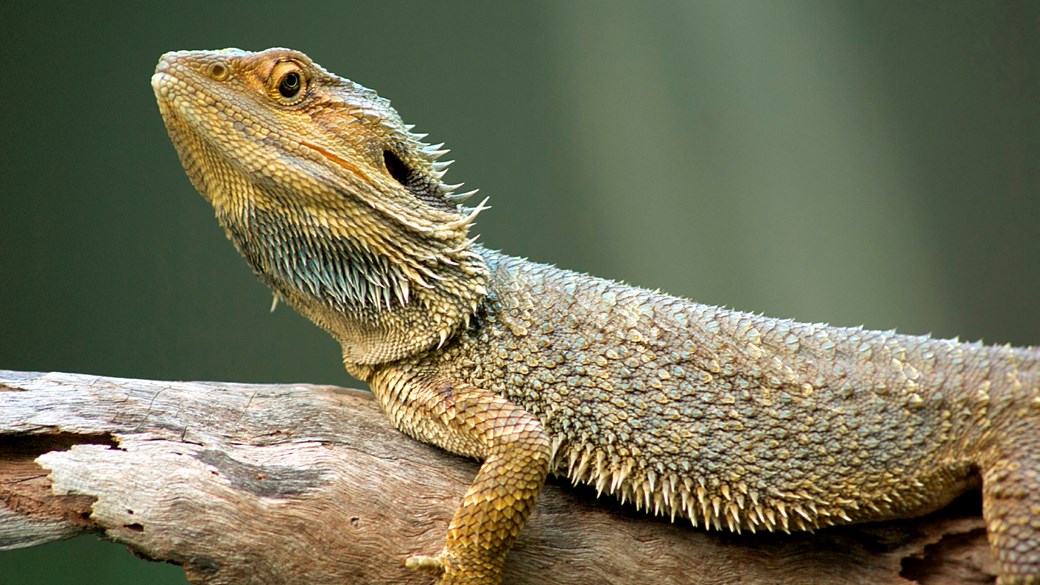
Ticks And Your Reptile
Having scales isn’t always enough to protect against biting parasites.
Ticks are nasty, blood-sucking parasites with powerful mouthparts.
These can pierce even scaled skin, which means even our reptiles are not safe from the risk of tick bites.
While indoor reptiles are at very low risk of tick bites, our roaming reptiles such as tortoises are more likely to be affected.
More about ticks and your reptile
If you do find an attached tick, don’t be tempted to just pull or brush it off. Tick mouthpieces are buried in the skin, and incorrectly removing a tick can leave these parts within the skin surface, leading to infections. It is also important not to squash the body of the tick while it is still attached – this can push blood back into your pet, and may further increase the chance of an infection developing. The best way to remove a tick is with tweezers. Unlike in other animals, you shouldn’t twist ticks on reptiles. Instead, grasp the tick firmly, as close to the skin as possible, and pull steadily and firmly.
If you aren’t confident removing a tick, bring your reptile in for an appointment.
As picking up ticks is so rare, there is no need to do anything with your reptile ahead of time. Keeping your other, more mobile pets, especially dogs, protected in the tick season (spring – autumn) will help reduce any risk of ticks being brought into your home, and give you peace of mind that they are safe too! Please note that tick treatment for other species may contain ivermectin which is deadly to tortoises. Always take any reptiles to your local exotics vet for advice on safe parasite treatment.
